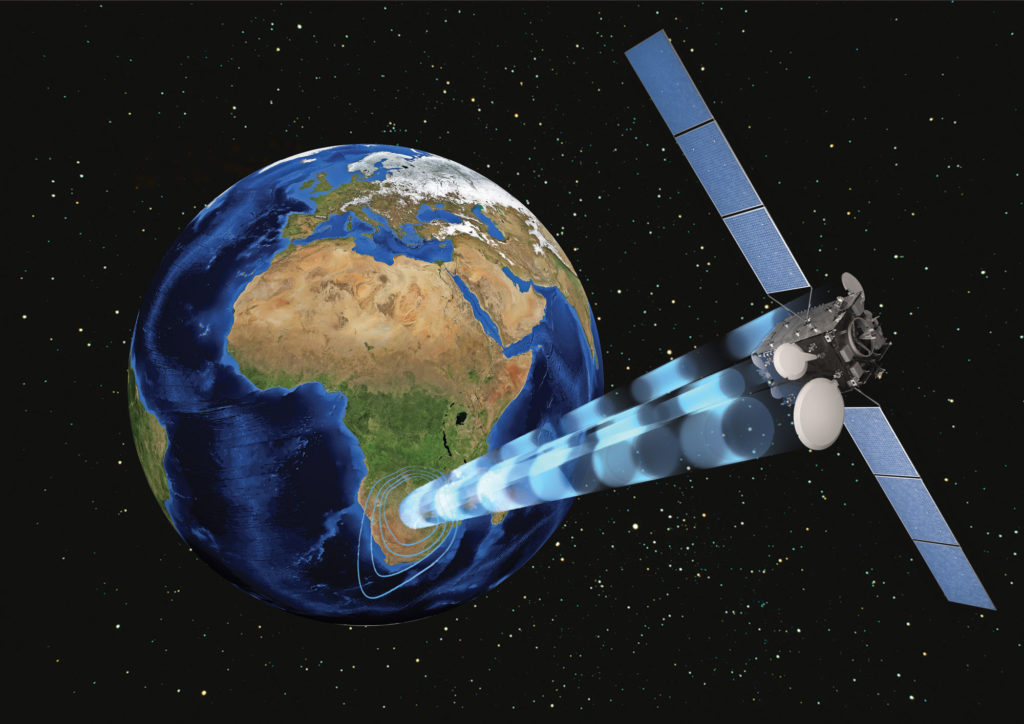Pioneering work in satellite communications
The Heinrich Hertz mission has several ambitious goals. One of them is to test new technologies for satellite communications, to confirm their suitability for use in space. The conditions under which these technologies must function in space are very demanding – they are exposed to extreme temperatures, vacuum and microgravity. If the components have successfully passed this test, referred to as in-orbit verification, the risk of failure during future satellite missions is minimised. Around 20 experiments on communications, antenna and satellite technologies are also being conducted on board the Heinrich Hertz satellite. The experiments have been developed and constructed by scientific institutes and industrial companies, which will use them to test new communications services. The Heinrich Hertz project also aims to maintain and expand Germany’s ability to independently design, manufacture and launch communications satellite systems and platforms.
Following its launch, which is scheduled for 2023, the satellite will orbit at an altitude of approximately 36,000 kilometres and remain in a geostationary orbit for 15 years. The satellite’s payload is designed in an entirely new way. Usually, only the equipment for receiving, forwarding and transmitting information is located on a communications satellite. But Heinrich Hertz will also have small on-board computers able to process the information on the satellite. The computing power of the processors means that the satellite’s configuration can be changed on the fly, allowing great flexibility. With Heinrich Hertz’s long, 15-year ‘service life’, this means that the satellite’s capabilities can be continuously adapted to accommodate changing technical requirements. Heinrich Hertz is funded by the German Space Agency at DLR with funds from the Federal Ministry of Economic Affairs and Climate Action (BMWK) and with the participation of the Federal Ministry of Defence (BMVg).
Link:
German Aerospace Center (DLR)
Heiko Ultes · Email Heiko.Ultes@dlr.de
